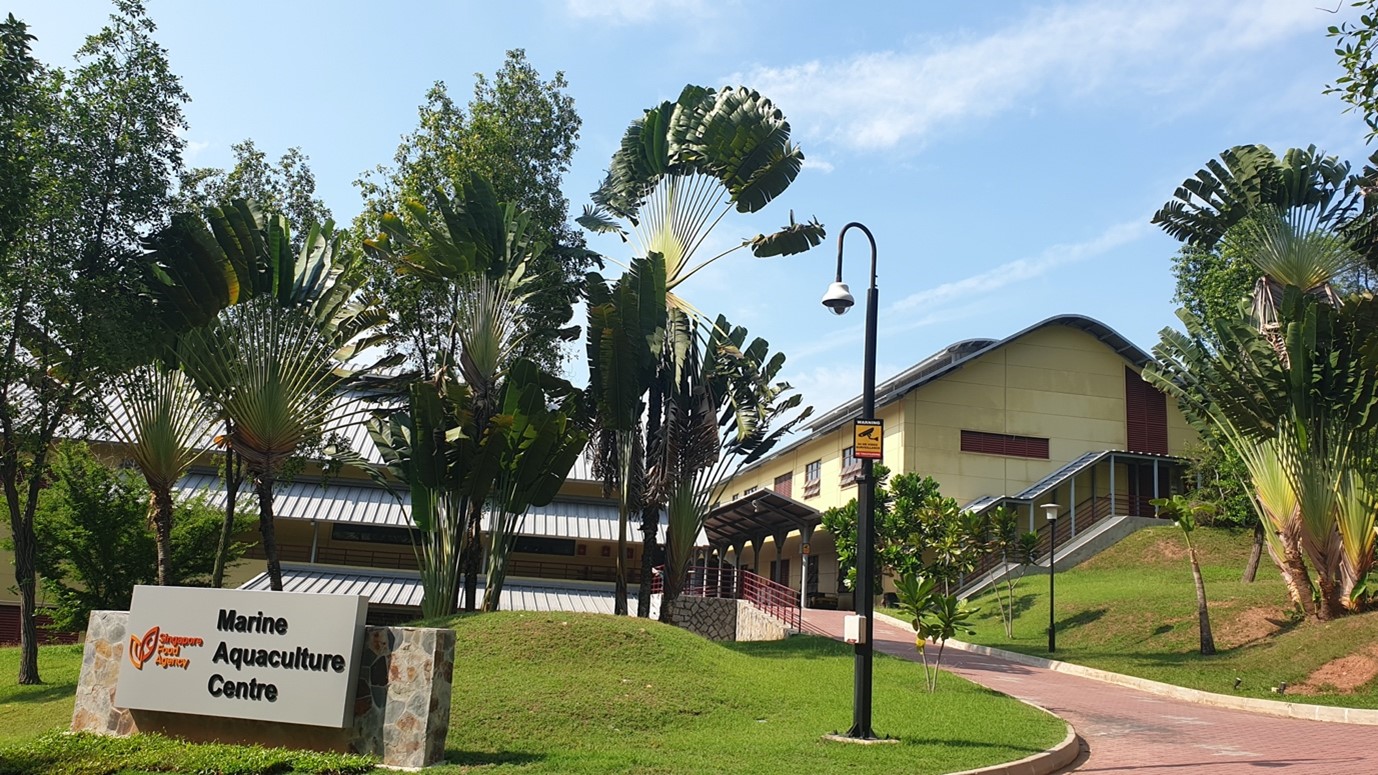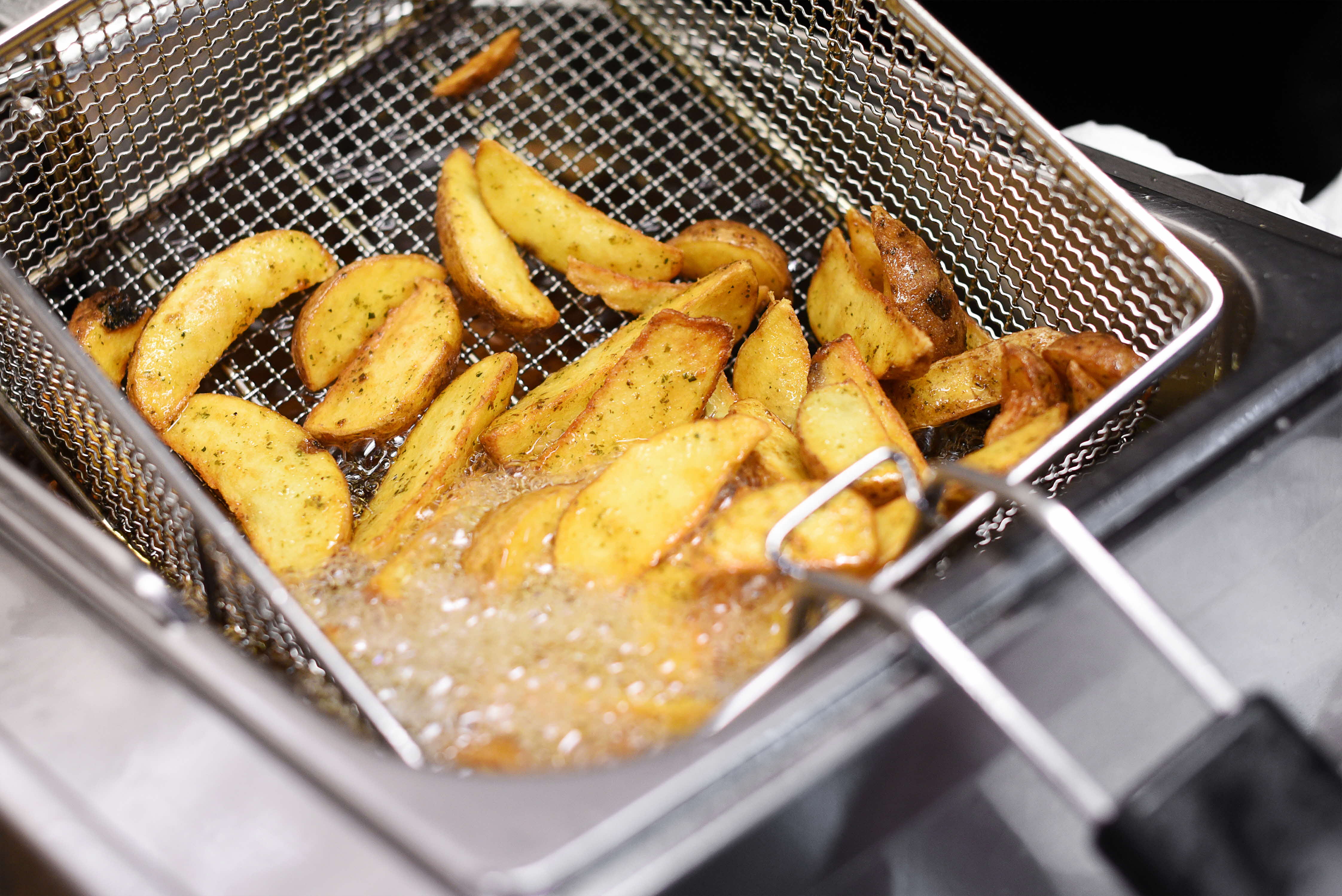Summary:
|
In 2021, seafood was one of the most commonly consumed foods in Singapore, with each person consuming an average of 22kg of seafood annually. While imports remain our key source of seafood, our aquaculture industry contributed 7.8% of the seafood we consumed in 2021. With much room for growth, the aquaculture industry has been identified as a strategic area which can support and strengthen the country’s food security.
What more can the government, industry and consumers do to develop and sustain a vibrant ecosystem for our aquaculture industry? How can the industry be propelled to grow into one that is highly productive, climate-resilient and resource efficient?
Singapore Aquaculture Plan
.png?sfvrsn=8db817f8_0)
The three core focus areas of the Singapore Aquaculture Plan seek to uplift our aquaculture industry.
In 2022, the Singapore Food Agency (SFA) introduced the Singapore Aquaculture Plan to uplift the aquaculture industry. The plan seeks to transform the sector through three ways – increasing and optimising spaces for aquaculture, investing in research and innovation, and helping the industry adopt technology and better farm practices.
Optimising spaces for aquaculture
Even at sea, space is a premium and to sustainably grow more with less, farms need to optimise the use of sea space. High productivity farm management methods and innovative technologies that are essential for such transformations require investment and certainty on the use of the sea space. To facilitate this, SFA is transiting the industry towards leases. Incumbent farms will be eased into this arrangement via temporary occupation licences and will eventually have the option of taking up longer leases. This gives farms more assurance on their use of space and a longer runway to amortise their investments in technology and R&D.
Investing in research and innovation
The government has also been investing in research and development initiatives to support the growth of the aquaculture industry. Over S$60 million from the S$300 million Singapore Food Story R&D programme has been allocated to aquaculture research and innovation.
Besides financial support, SFA’s Marine Aquaculture Centre (MAC) carries out research and development in tropical marine aquaculture. MAC seeks to deepen Singapore’s expertise in the areas of aquaculture genetics, nutrition, and health. Its work covers genetics and brood stock development, large-scale fry production technology, and aquaculture feed nutrition.

SFA’s Marine Aquaculture Centre, located on St John’s Island, was established to deepen Singapore’s expertise in the areas of aquaculture genetics, nutrition and health.
To strengthen the local research eco-system, MAC collaborates with research institutes, institutes of higher learning (IHLs), and the industry. One such collaboration MAC has hosted is local fish farm, The Fish Farmer (TFF)’s selective breeding programme for red snapper with Republic Polytechnic and James Cook University. The programme aims to improve the red snapper’s growth rate and colouration. Such collaborations enhance the technical capabilities of farmers in areas such as breeding and hatchery of new aquaculture species. They also help to further uplift the industry – with TFF’s selective breeding programme, the farm will be able to supply fingerlings from the superior brood stock to other local farms, enhancing the quality of red snapper in Singapore.
| Click here to go on a journey with The Fish Farmer and see how a fish farm transforms with dedication, innovation, and R&D. |

On 30 November 2022, SFA, NUS, Temasek Life Sciences Laboratory and farmers for the AquaPolis programme inked their support through the signing of an MOU.
To bring R&D to the next level, and further Singapore’s ambition to be a regional hub for tropical marine aquaculture research and innovation, SFA developed the AquaPolis programme that will bring together research institutes, IHLs, farms and industry partners to develop solutions for real world aquaculture challenges. AquaPolis’ research activities will span across Singapore, with MAC serving as the anchor research campus.
Revolutionising the industry through technology
Technology is a key enabler in the transformation of our aquaculture industry. SFA has been working with farms to improve their farming and management practices such as by incorporating technology and adopting more productive and sustainable farming practices.
Farms are at different stages of development but increasingly, we have been seeing more farms embracing innovative and enhanced farm management techniques. One such example is Singapore Aquaculture Technologies (SAT), which partnered with global technology company, Siemens, to enhance their aquaculture operations with automation and digital technology, to create a future-ready aquaculture farm.
.jpg?sfvrsn=bdbd159d_0)
SAT’s closed-containment farm comes complete with high-tech features including artificial intelligence, sensors and camera sensors.
With the support of SFA’s grants to encourage technology adoption, the farm uses artificial intelligence, sensors and camera systems to determine fish size, monitor the behaviour of fish and detect feeding patterns. Through such technologies, SAT is now better able to adjust the quantity of their feed for optimal feeding and detect diseases early. These initiatives also helped to increase their production capacity, improve the overall quality of their fish, while being climate resilient.
Working Together
Securing our food future requires teamwork. While SFA is committed to enable and facilitate industry transformation towards our food security goal, this is a journey that needs all hands on deck.
For our aquaculture farmers, find out more about how you can transform your farm into one that is future proof and highly productive. Consider these:
i. Keep up with agritech innovations and explore how you can enhance your productivity and resilience.
ii. Tap on funds such as the ACT Fund to help you adopt new technologies
iii. Read up more about the different technical resources available.
For the public, you too can play an important role in supporting our local fish farms by purchasing their seafood produce. Find out where you can get your hands on some fresh local produce here.



